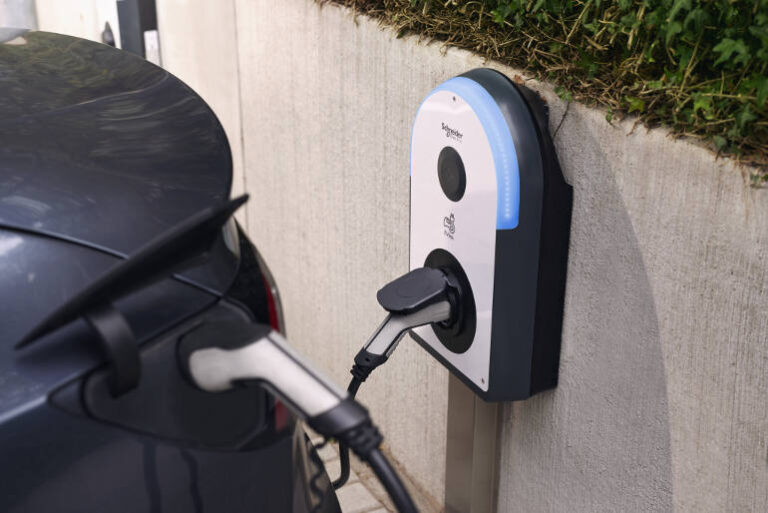Installing a single EV charger is generally a straightforward thing to do. A single phase 7kW AC charger requires 32amp of capacity (best installed on a 40 amp breaker), and a three phase 22kW AC charger requires 32amp per phase.
An EV charger may look like a small appliance, but it requires a significant draw on your circuits. A 22kW charger operating at its maximum will be using the equivalent of 2,200 LED light bulbs (or 22 toasters), and will be doing so continuously over several hours.
This is perfectly fine for one or two electric vehicles, but as your fleet EV numbers increase, you’re going to need more than one charger, and are likely going to run into the limits of electrical capacity on either your closest sub-board, or on the main switch board, which is looking after the energy supply for your whole building.
Limitations on power supply
Your switchboards are limited by the size of the wires and breakers to a physical limit of how much energy demand they can tolerate before tripping safety switches. The safety switches stop the wires being damaged by the excessive load, which could result in blackouts, equipment damage or fire.
You also have a limit on how much energy you’re allowed to use, as this may affect the energy network upstream from your building.
This may be managed by your energy supplier with demand tariffs. Time of Use tariffs are also used to encourage customers in the market to spread their energy use to times when there is an excess of energy supply, such as solar peaks, or off peak times, such as the middle of the night.
If you approach your energy network and ask for an extra 500amp supply to the building, you’d likely be told that its not possible at all, or that it would require expensive upgrades not only to your building but to the local substation.
How does load management work?
Load management allows you to charge your EV fleet in the most efficient way, taking advantage of off peak tariffs, protecting your building circuits, and avoiding costly energy system upgrades.
Your growing electric fleet is a big user of electricity, but is also not adversely affected by a fluctuating rate of charge.
Load management systems can be static; limiting a group of EV chargers to a pre-set collective maximum, or dynamic; measuring other building loads either in a sub-board or a main switch board, and shifting EV charging to take up the available excess.
Load management software
There are several load management systems available on the Australian market at the moment, and most of these have emerged in the last two years. Most are solutions proposed by charging hardware manufacturers, and are limited to operate with their own hardware, which can lock customers into a particular hardware supplier into the future.
Some are cloud based software solutions, which can be vulnerable to problems with communication network errors, while a hardware or hybrid solution provides more secure control.
The load management tools available today rarely do all things well. Individual buildings and fleets will have different needs when it comes to the complexity of their energy load management, and requirement of their system to do tasks such as prioritise charging of certain vehicles, or manage the time that vehicles are charging to benefit from off peak rates.
Often it is important that the load management system works in with a charger management system, or a billing system for a public facing charge network.
Some systems are set and forget, and some will provide you with useful data to support your fleet transition.
When assessing which load management system is best for your fleet, do ensure that your chosen solution includes local support and updates from the supplier, allows for the system to grow into the future, preferably open to other branded hardware and software, and will fulfil your needs of efficient, economic charging without risking your building electrical infrastructure.





